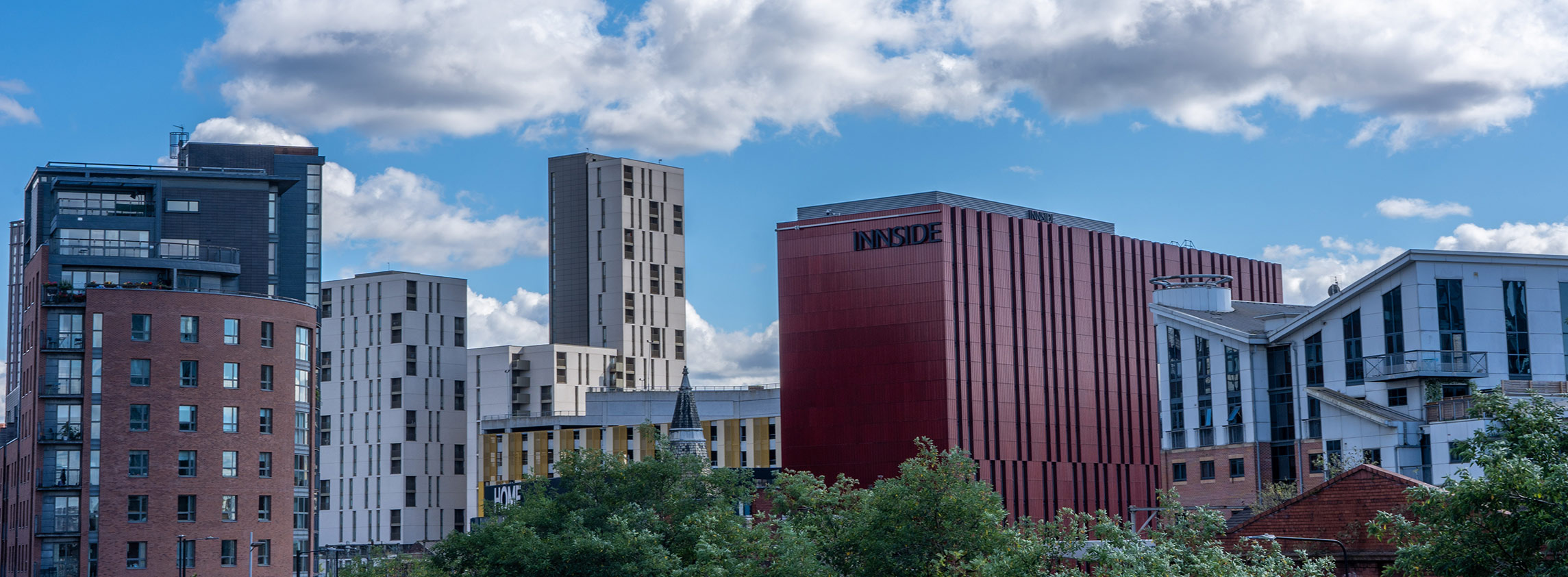Average prime yields stabilise in November
“I will place economic stability and confidence at the heart of this government’s agenda”, were the words of newly installed Prime Minister Rishi Sunak during his first public speech upon taking office. And the much anticipated Autumn Statement, released on 17 November, was fully aligned with this priority. Stability was the key word for November, with average prime yields remaining stable at 5.63% after five months of moving out.
The number of upward arrows has also halved since last month, with one sector (foodstores) even seeing some yield hardening (25 bps) in November. However, some sectors are still predicted to see some outward yield shifts going forward – these include provincial offices, City offices, South East offices, and shopping centres.
All eyes are on investment volumes as we approach the end of the year, with commercial investment volumes moving just above the £50bn mark at the end of November, just 7% below the annual total achieved in 2019. At mid-year, we expected the 2022 total to be around the long-run average of £46bn, so the investment market has surprised on the upside of expectations. The alternative sector remains a key sector and made up over a third of this at 36%, with offices making up just over a quarter at 25%.
A lack of Grade A space and a contracting development pipeline will help facilitate rental growth in the regional office markets
In the face of a modest recession, we remain optimistic about the outlook for the regional office markets, which proved their resilience through a much worse economic period in 2020/21, in some cases delivering record prime rent levels. The factors that drove this resilience are still in place, specifically an undersupply of prime space and a limited development pipeline that will not alleviate this undersupply in most cities.
The supply situation is particularly apparent in the Scottish markets, with no developments due to complete until 2025 and just 150,000 sq ft of prime space available across the two markets. Unless tenant-listed space is returned to the market, the current supply levels in these markets is only enough to satisfy less than six months of demand.
Savills expects that the gap between prime rents and top refurb rents will continue to contract across the Big 6 markets next year
Clare Bailey, Director, Commercial Research
Falling levels of supply and resilient demand are likely to facilitate further rental growth and the latest forecasts from Savills remain optimistic, with four of the Big 6 projected to achieve rental growth next year, meaning Bristol, Birmingham, and Manchester will all have prime rents in excess of £40 per sq ft by the end of next year.
In order to satisfy demand, Savills believes refurbishment will be a key focus of the UK regional office market in the year ahead. Examples include Lucent at 50 Bothwell Street in Glasgow, which will provide 90,000 sq ft office space for the market, and 10 Brindleyplace in Birmingham, which provides 230,000 sq ft of refurbished space into markets with less than one year of prime Grade A supply currently available.
On this basis, Savills expects that the gap between prime rents and top refurb rents will continue to contract across the Big 6 markets next year. At the other end of the quality range, there will also be some significant additional ESG-related costs that are likely to adversely impact on value.
Barely a day passes currently without concerning news regarding a tech giant making job cuts. However, TMT take-up in regional markets has been far more diverse and organically grown over the last decade, and this has often been characterised by smaller deals – 71% of TMT deals in the Big Six were for deals under 5,000 sq ft over the last five years.
Key UK regional cities are witnessing considerable organic growth, with nine out of the 29 unicorns created in 2021/22 being outside London, including interactive investor in Glasgow and Vertical Aerospace in Bristol. Despite their command of the headlines, ‘Big Tech’ companies are just one facet in the broader tech industry, and during the post-lockdown period, there has been a much greater appetite from technology companies within regional cities to acquire additional office floorspace. The organic growth of these regional tech companies relies on the very best talent being present – and this fight for talent continues, even in a world with impending rises in unemployment.
